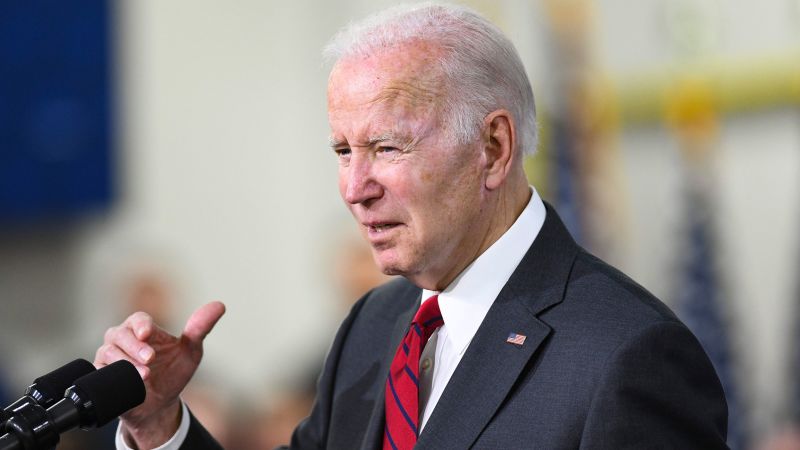Well, we can do the maths, leaning on doctrine and
this 'How many tanks?' post for base assumptions. Before we do the maths though, we need to understand the IFV numbers are 'messy'. Simplistic maths like we did for tank (which actually ends up about 15 - 18 short) doesn't cut it when we have multiple IFV variants. Furthermore, not every infantry element has IFVs, nor does every support element. IFVs are for operations in the direct fire zone, so, for example, only about 20% of ambulances on the battlefield would be an IFV version because CRV/PMV variants are fine for most moves.
Minimum unit for Inf will be a Rifle Coy (16x IFVs, 2x EME variants, 1x ambo variant and 4x log variant) or a Spt Coy (same as a rifle Coy + 3x Mor variants and 6x log variants).
On to the maths.
Screen/guard BG. First avoids decisive engagement, second seeks it out. I'm happy to debate if and what infantry strength the screen gets, but I'm going to give the guard 2x Coy. That gives them better flexibility and the ability to break contact easily. Both will also get a Spt Coy.
Three triangle BG of 2x Coy each, with a Spt Coy for each. Each BG will have a Tac HQ of 3x IFV.
Security BG probably doesn't need IFV (less likely to be in direct fire role), but the reserve BG needs to be able to match the main BG. So...2x Coy and another Spt Coy. And a Tac HQ.
So, our fighting Bde has 10x Coy + 5x Spt Coy and 12x HQ cars.
But, it's not just the infantry! All the variants are included except two - the engineers and the others... The engineers first - there are dedicated engineer variants plus the vehicles needed for the C2 nodes of the engineering detachments. I'll treat each CER Sqn as an rifle Coy with 6x of the 16x IFVs as engineer variants. Simply to keep the maths easy enough. Each BG gets a CER Sqn.
Now the others. There are going to be IFV scattered all over the Bde. A Tk Sqn, for example, will have a couple of them for Sqn HQ as well as some log variants for their A1 logistic echelon. Likewise the Arty Regt will have a couple for its extra JTAC/FO and the CSR will probably hold 4 - 6 for Bde Tac. What does this mean? Let's add 4x IFV and 6x variants for each Tk Sqn and another overall 20x IFV to cover the other odds and ends across the Bde.
For those keeping track - That's 15x Coy + 5 Spt Coy + 12 HQ car + 4(x 5 Tk Sqn)x HQ car and 6(x 5)x variants + 20 IFV. That gives us... 342x gun cars and 245x (40x EME, 25x ambo, 15x mor, 135x log, and 30x eng) variants. Oof....
Same attrition planning figure as tank (7%) - 24x gun cars and 17x variants.
But again, that's just the fighting force. We have more vehicles we need!
2x BG into the field for the upcoming Bde - that's another 62x gun cars and 49x variants. Prob some more gun cars in all honestly, remember there are all those misc IFV's running around. But, lets be conservative and keep it at this.
Force generating infantry (2x Coy + Spt Coy), armour (1x Tk Sqn), engineers (1x CER Sqn), mortars (3x mor), and log (call it 4x EME, 1x ambo and 12x log variants) gives us another 62x gun cars and 69x variants.
That places us at 466x gun cars and 363x variants (60x EME, 36x ambo, 24x mor, 201x log and 42x eng). Double oof....
Last bit is the 25% needed for maintenance, upgrades etc.... the total becomes 583x gun cars and 454x variants. Or 1037x IFV chassis....
We are talking about cutting from 450 to 300.
Now I grant you, there are some simplifications we can make. Perhaps we can lower the 75x EME variants to 30x or so, leaning on HX77 or CRV variants. After all, combining the individual subunits allows some rationalisation. Perhaps too the number of log can be lowered. But you are, at best, cutting ~150x chassis; so now you only need 880x cars. Still twice what we are buying now.
Now, before someone tells me that my numbers are simply unrealistic, or modern armies are too big, I will draw attention to
Question 2398 from the House of Reps, 29 Nov 1985 when Kim Beazley as MINDEF said there was a need for 1133x M113 variants. So we can safely assume that around 1000 cars are needed to deploy a Bde.
TL;DR: We need 1040 to do the job. Right now. So the
450 300 we have isn't enough, and hence we need more. Right now.






